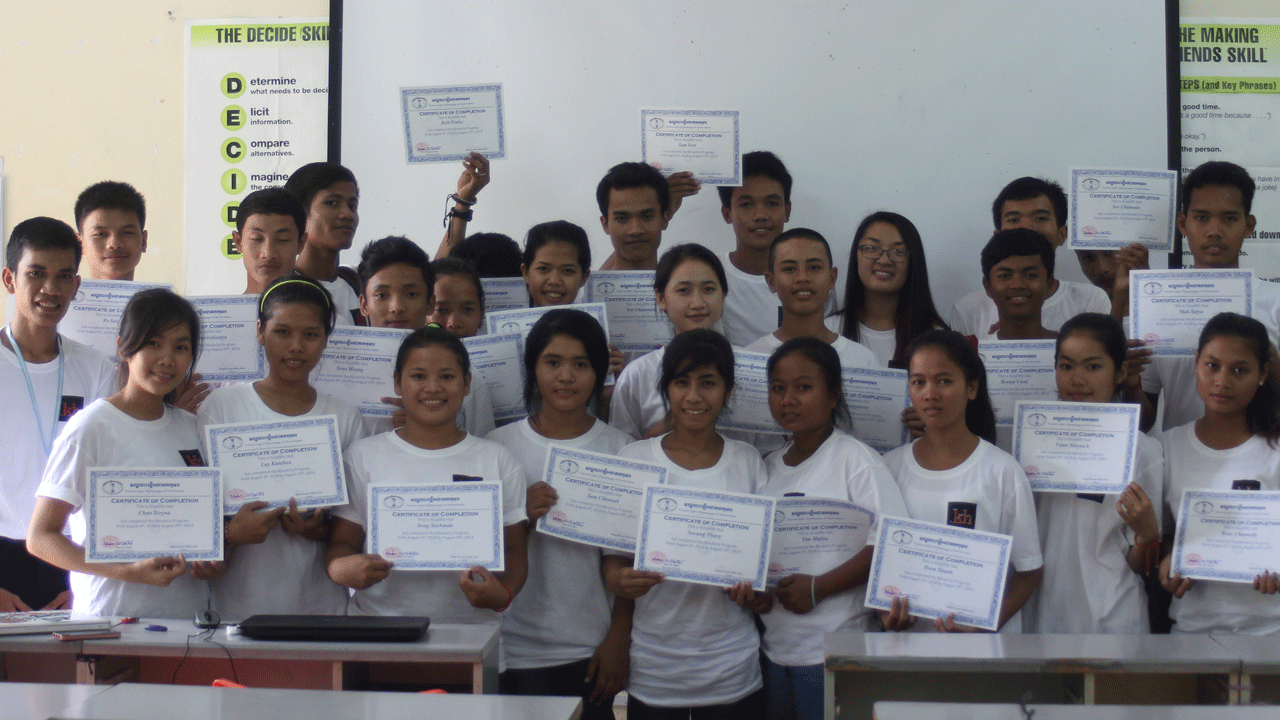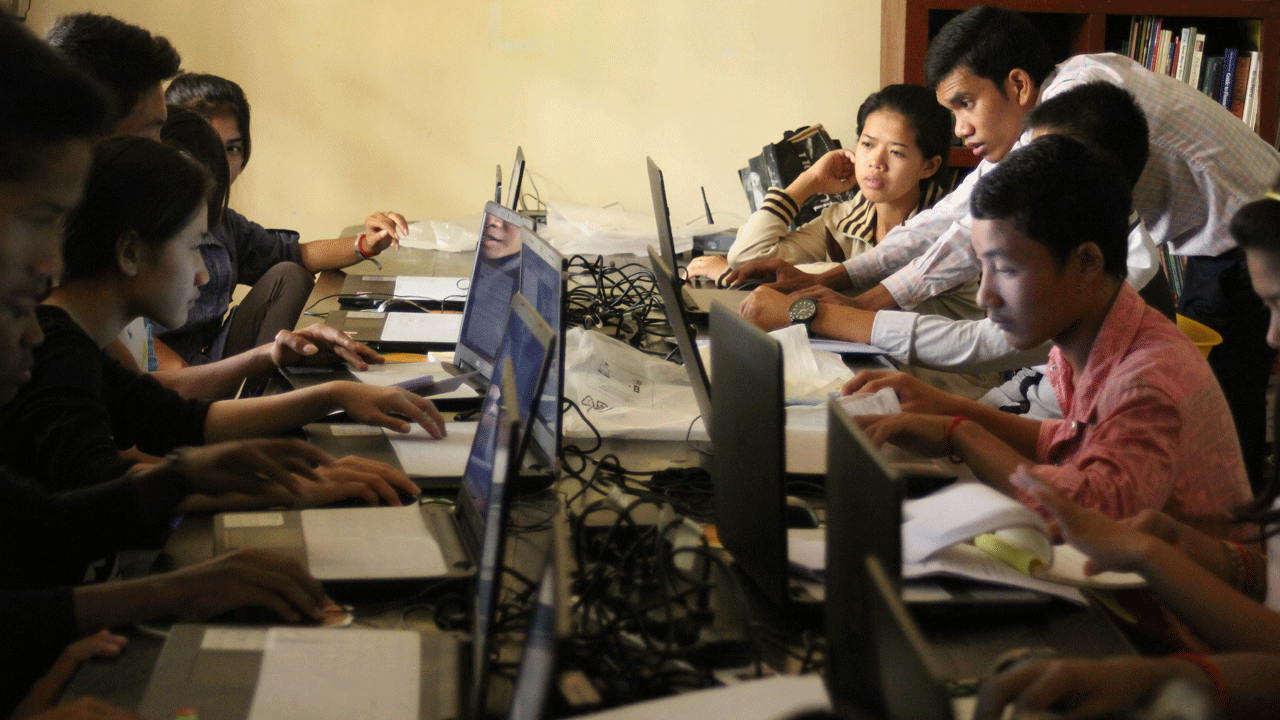Diplomas, certificates and accreditation are just some of the indicators that let aspiring educators know they’re ready to teach. But what happens when your passion gets ahead of your level of experience? Ming Horn was debating her sense of readiness earlier this year when she set out on an ambitious plan to teach code to teens at the Future Light Orphanage in Cambodia. Horn, then a junior at Berkeley High School in California, had never taught a classroom of students, nor did she have any fluency in Khmer. What she did have, however, was her experience as a learner.
“I don’t know how computer science classes are taught, but I know how I learn — project-based, experimental, asking people in the community,” she told an audience this week at the Big Ideas Fest hosted by ISKME. “My time was spent writing pitches, emailing people, developing the curriculum and learning on the fly.” Pulling off this project “was not about your coding skills, but really about your organization.”

She had a lot to organize and deliver last summer after launching KhodeUp on the crowdfunding site Indiegogo. The project raised more than $5,000 above her $15,000 goal to fund laptops for 20 to 30 teens, Internet connections and travel. KhodeUp was designed as a four-week course for teenage orphans in Cambodia to learn HTML, CSS, Javascript and Adobe Photoshop and Illustrator. Those programming skills could help improve the standard of living for the orphans by giving them the basics for well-paying tech jobs as opposed to the lower wages of the garment or hospitality industry.
For their final projects, students modeled the process of taking client input and applying it to website designs. "One of my students ended up integrating code that I had never taught him," said Horn. "He had learned how to learn by himself." Students designed and built working websites by the end of the course. Graduates of the program were able to keep the laptops and could apply for funding for future projects.
"Much of the learning will happen after I leave," Horn said. "My plan was to give them the basics, but really point them to the basics they need to continue the learning."

While some people might wait until they've at least graduated from high school, Horn felt ready to take the leap into teaching the class overseas for several reasons. First, resources available online allow motivated individuals to find necessary tools. She also had encouragement from a teacher she met, Jen Selby, at a Girls Who Code summer session in 2013. When Horn shared her idea for the program, her teacher said, “All you need to do is try. You don’t need to be an expert.”



